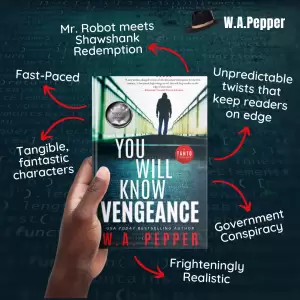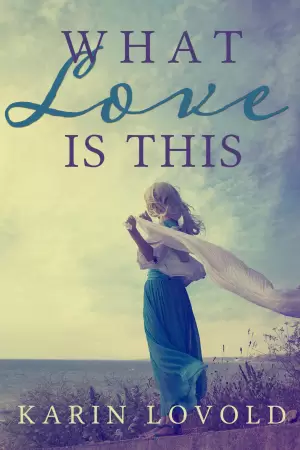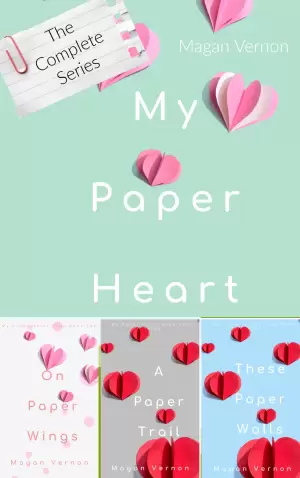A Journey Through Fire: An Engaging Dive into Harry Potter and the Goblet of Fire
When I first picked up Harry Potter and the Goblet of Fire, I was captivated not just by J.K. Rowling’s enchanting world but also by the underlying sense of tension that threads through the story. This fourth installment in the beloved series marks a pivotal turn in Harry’s life, bridging the innocent adventures of childhood with the darker, tumultuous themes of adolescence. As I dove deeper into the pages, I recognized the layers of complexity that made this book resonate profoundly—not just as a story about magic but as a reflection of growth, choices, and the stark realities of friendship.
In Goblet of Fire, Rowling elevates the stakes for Harry and his friends, introducing the Triwizard Tournament—an exhilarating, dangerous competition that pits young wizards against formidable challenges. The interplay of camaraderie and rivalry becomes palpable, especially in the dynamics between Harry, Ron, and Hermione. I found myself especially invested in the budding romance and underlying tensions. The boy-girl drama felt authentic, capturing the awkwardness of teenage relationships; for example, Ron’s jealousy regarding Hermione’s connection with Viktor Krum added an edge of realism that was both humorous and heart-wrenching.
One theme that struck me fiercely was the idea of choice versus fate. Harry’s involuntary entry into the Triwizard Tournament serves as a metaphor for the inevitability of difficult circumstances. Dumbledore’s poignant question, “Did you put your name into the Goblet of Fire?” hangs heavy in the air, suggesting the tension between perceived control and the chaos of destiny. As I turned the pages, I couldn’t help but reflect on my own choices and their unforeseen consequences, which resonated deeply.
Rowling’s writing style continues to evolve in this book. She expertly weaves humor into darker moments—a task not easily accomplished. The character of Ludo Bagman, with his joviality juxtaposed against the grim realities around him, provided levity in otherwise tense situations. I chuckled at his antics, thinking, “What a charming distraction!”
The pacing in Goblet of Fire is brilliant; it mirrors the rising tension of the plot, drawing readers in like a magical whirlwind. I particularly appreciated how the opening chapter, told from a different point of view, signifies the shift in tone. It’s an effective way to showcase the growing complexities in the wizarding world.
One moment that lingered with me was the heart-wrenching conclusion. The heavy emotional fallout of Cedric Diggory’s fate left me in tears—a stark reminder that not every adventure ends with joy. Rowling does a beautiful job of balancing thrill with the sobering realities of loss, making this story feel less like a standalone adventure and more a significant chapter in the “Voldemort is Back Saga,” as I like to call it.
In conclusion, I wholeheartedly recommend Goblet of Fire to anyone who enjoys a blend of magical realism and profound life lessons. If you’ve loved the adventures of Hogwarts so far, you’re in for an emotional rollercoaster that explores themes of friendship, love, and the dark corners of growing up. This book left me reflecting on my own experiences, and I’m certain it will resonate in a similar way for fellow readers. Whether you’re revisiting it or experiencing it for the first time, prepare for a ride that’s both enchanting and deeply moving.
Discover more about Harry Potter and the Goblet of Fire (Harry Potter, #4) on GoodReads >>














